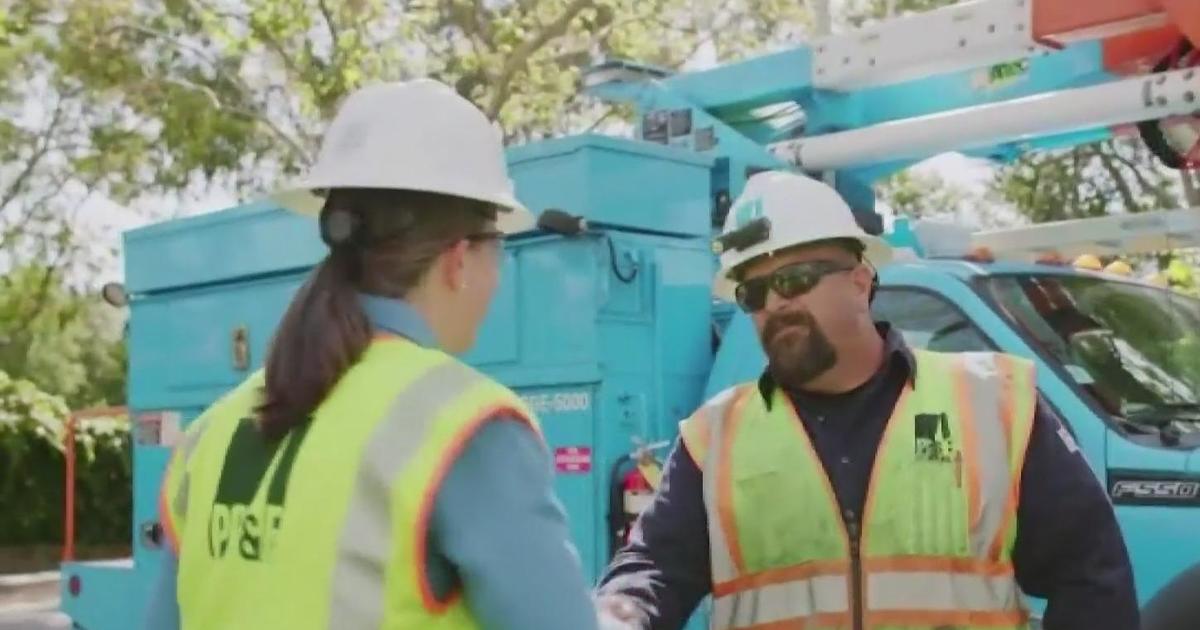California Teacher Pension Shortfall Grows To $56 Billion
The drop in value was enough to trigger an automatic increase in the amount the state must pay into the California State Teachers' Retirement System, which is the nation's second largest public pension fund. That will boost the payment from California's already strained general fund by 20 percent -- from $573 million to $688 million -- in the fiscal year starting July 1.
The pension shortfall as of June 30, 2010, was $15.5 billion greater than it had been a year earlier, CalSTRS officials said. The fund had expected the shortfall to be even greater, but educators received smaller raises than projected, reducing the ultimate amount of their retirement benefits, and the fund's investments performed better than expected in the 2009-10 fiscal year.
The pension fund's assets at the end of June were enough to cover 71 percent of its accrued liabilities over the next 30 years, down from 78 percent a year earlier.
The number itself isn't cause for alarm but is headed in the wrong direction, said Ed Derman, CalSTRS' deputy CEO, who discussed the latest projections from the fund's accountants in a conference call with reporters.
At this rate, he said, the system will run out of money to pay benefits in 2042 unless workers, school districts and the state work out a long-term plan to fix the funding problems. The report will be presented next week to the CalSTRS board, but any fix would require action by the state Legislature.
The funding shortfall results from numerous factors, especially from steep investment losses during the Great Recession, and hits just as a wave of baby boomers begins entering retirement. Longer life expectancies than planners projected when they set up the system also are increasing costs.
"CalSTRS needs a significant increase in revenue to make progress toward its funding target," the actuarial report said.
That could come through higher contributions from workers, school districts or the state, as well as higher returns on investments than currently projected.
"This once again shows how much pension reform is needed because the taxpayer is on the hook," said Assemblyman Allan Mansoor, R-Costa Mesa, who is vice chairman of a committee that would review any bill asking for increased contributions.
Unlike the California Public Employees' Retirement System, the teachers' fund cannot set the amounts that workers, employers and the state must pay toward retirement benefits.
Contributions for the teachers fund are set by statute, while the trigger for the increased state payment was written into law more than a decade ago. The $688 million payment from the state's general fund required under the trigger already has been factored into the governor's budget calculations for 2011-12, even as California faces a multibillion dollar deficit.
As recently as 2000, CalSTRS had more than enough assets to cover the retirement promises it had made to teachers and school administrators. The fallout from the dot-com bust that started at the end of the 1990s began eroding investment returns, which plunged during the most recent recession.
News of the shortfall comes amid a national debate over pensions for public employees and as conservatives in California seek changes to the lifetime defined benefit plans offered state workers, perhaps through a future ballot initiative.
Critics contend the plans -- which guarantee certain benefits based on workers' salaries and how long they worked -- provide richer benefits than those offered to private sector workers and underestimate costs, leaving taxpayers on the hook for the unfunded liabilities. Several proposals have been floated in California to reduce pension benefits for current or future workers, but they face significant legal or political hurdles.
Most of the jump in the teachers fund shortfall came because of the way the number is calculated, the fund's accountants said. The fund took an enormous hit to its stock portfolio when the market plunged during the heart of the recession, losing nearly $43 billion -- roughly 25 percent of its value -- from June 2008 to June 2009.
The teachers fund spreads that loss over three years when it calculates its long-term obligations. Even though the stock portfolio has been posting annual gains close to 13 percent over the past 18 months, the gains are being buried in the calculation by the much larger 2008 losses.
The teachers fund portfolio was worth $146.4 billion as of Dec. 31, 2010. CalPERS, the nation's largest public pension fund, covers 1.6 million retirees and government workers and their families, and had a portfolio worth $225.7 billion on Dec. 31.
CalSTRS members who retired during the 2009-10 fiscal year received a median individual benefit of about $49,000 a year, meaning half received less and half received more. Its members are not covered by Social Security.
About 2.2 percent of the 220,000 members receiving benefits are paid more than $100,000 a year, including spousal and survivor benefits.
(Copyright 2011 by The Associated Press. All Rights Reserved.)



